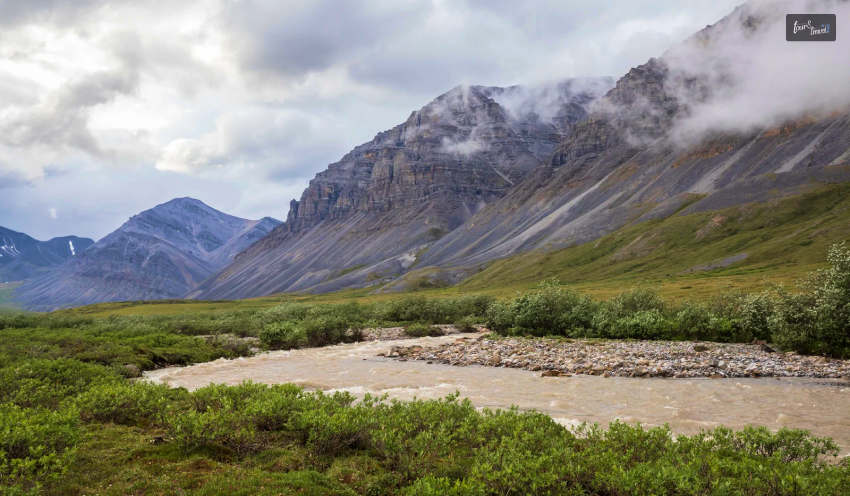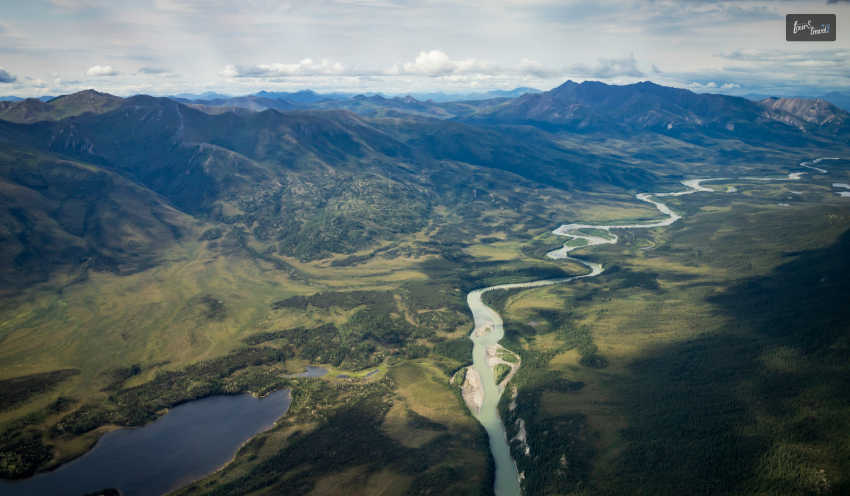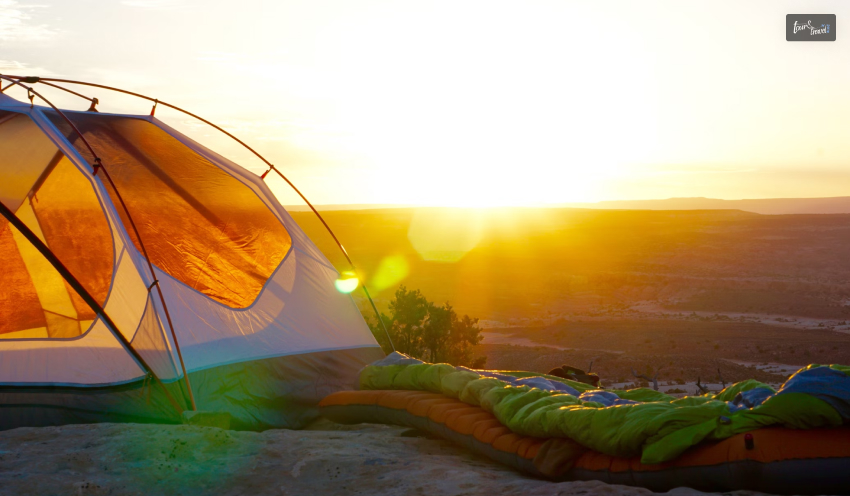Treat Yourself To A Wellness Retreat In Thailand
BY Shahnawaz Feb 1, 2024
While going about our busy modern lives we have a tendency to push ourselves too hard, and then push ourselves some more! We feel we have to in order to keep up with the breakneck pace modern society runs at, as well as to meet all the financial demands it forces on us. It really can get to be too much, and we should remember to take a break once in a while before we suffer a breakdown! But how? Let’s learn more about Thailand’s wellness retreat and how you can satisfy your hunger for traveling. Relaxation Practices To Enjoy In Thailand One of the best possible things we can do for our physical and mental well-being is to go get away from it all, and I mean far away! How far? Our top recommendation for the ultimate in self-healing and relaxation is for you to experience a wellness retreat in Thailand where you can rejoice and recuperate in peace and serenity while being pampered by the charming staff who know just what you need! To entice you further, let’s take a look at some of the delights that await you on your personal journey to tranquillity! There is a wellness retreat for any need, so you can pick and choose what suits you the most! Yoga Practise– Yoga is one of the most popular activities on offer at a wellness retreat, and there are many good reasons why! This ancient Eastern tradition is quite at home in Thailand, where it is one of the most well-regarded methods for attaining a perfect balance of physical health and mental stability. Yoga is very popular among world travellers because of a great many healthy effects associated with its practice- here are just a few to consider: Pain Relief – Yoga’s gentle stretching and healing poses are an excellent way to relieve the chronic pain in the back and neck we so often suffer from. Physique Improvements – The slow movements and deep breaths that yoga teaches us help to increase the flow of blood and warm up tight muscles, improving our flexibility while simultaneously giving us more stamina and building our strength. Healthy Heart – Practicing yoga has significant beneficial effects on the heart by reducing stress levels and decreasing inflammation. Yoga is a very efficacious tool in the prevention of heart disease. Increased Energy – Yoga gives us a refreshing feeling of increased physical and mental energy, as well as boosting our mood, helping us fight the ravages of stress and depression. Spa Treatments – No wellness retreat would be complete without enjoying the amazing relaxation and sense of well-being that spa treatments can provide! Here are just a couple of the many health-promoting pleasures that await you: Herbal Body Wrap – This soothing experience begins with the body being gently wrapped in towels, followed by a layer of herbal oil-infused linen sheets, topped off by a warm blanket. As you rest in this heavenly healing wrap, your body will reap the benefits of these medical herbs, so you will emerge feeling refreshed with your energy replenished. Aromatherapy Massage – Of course, traditional Thai massage is rightfully famed as one of the world’s best and most effective examples of this ancient healing art, so take that and add the healing element of essential oils drawn from aromatic herbs to create a truly outstanding spa treatment! The lovely scents of chamomile, lavender, mint, lemon balm, sage, lemongrass, basil, and more all work alone or together in combination to relax your body and soothe you through your sense of smell. Tell your therapist what you wish to achieve, and they will provide you with the scent that fits you the best! Weight Management Program – What better way to manage your weight than to do it while enjoying the peace and privacy that a wellness retreat provides? Here are some of the tried and true methods the weight management experts at your wellness retreat will treat you to: Healthy Menu – Everybody hates to go on a diet, but you will hardly know you are on one thanks to the delicious, health-conscious menu of traditional Thai food that awaits you! You will feel fulfilled as you enjoy the great taste of these wonderful dishes, which will help you decrease that unwanted extra weight naturally! Physical Fitness Fun – Why should exercise be drudgery? You will be able to engage in a variety of fun physical fitness techniques like beach volleyball, hiking, and swimming! Feeling great and getting fit has never been this fun! Reasons To Delve Into A Wellness Retreat In Thailand Now that we know the different ways to dive into Thailand’s wellness retreats, check out some reasons to do so. From physical to mental well-being, these relaxing spaces often immerse you in a different space. Tranquil Beauty of Thailand Is there any question about the natural backdrop of Thailand? It is simply mesmerizing. Who doesn’t love to wake up to the pleasing sound of waves crashing to the coasts? The best part about spending your resources on wellness retreats is that they give you a great sense of the tropical climate. You can exercise outdoor yoga that will strengthen your bond with the outside world. Conventional Yoga Experiences Thailand offers you a surreal yoga experience that you get nowhere else. Due to its age-old tradition, the nation has been attracting people from all over the world. With the help of experienced yoga teachers, you can learn multiple asanas that calm both the human body and mind. Skilled instructors help you learn different breathing exercises and meditation. Holistic Wellness Retreats also offer comprehensive health experiences that nurture your spirit, mind, and body. Different activities like yoga and meditation will attract you to the country. Daily meditation sessions, Thai massages, healthy meals, and Ayurvedic treatments promote renewal and self-care. So, if you want comprehensive care of your body, you shouldn’t miss this out! The Bottom Line The Global Wellness Institute lists Thailand as one of the best destinations for wellness retreats. Thailand’s mild climate and easy-going people make it the perfect destination for anyone who needs to really get away from it all and treat themselves to some healthy me-time! Don’t wait any longer; pack your bags and come visit us here in Thailand today; we guarantee you won’t just feel better; you will feel fantastic! Read Also: 5 Reasons To Consider Solo Travel A Traveler’s Guide To Lutsen The Best Tips To Travel Around The World















